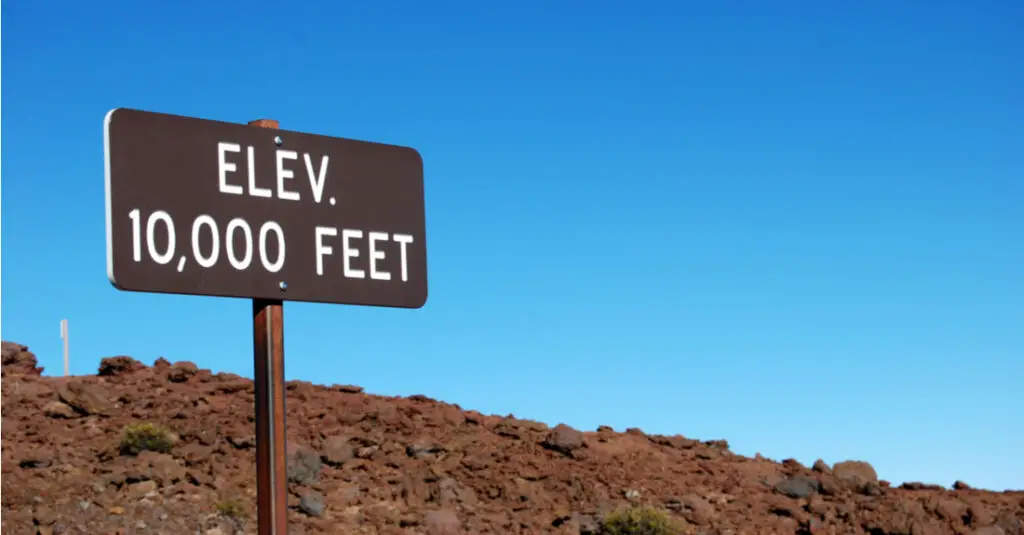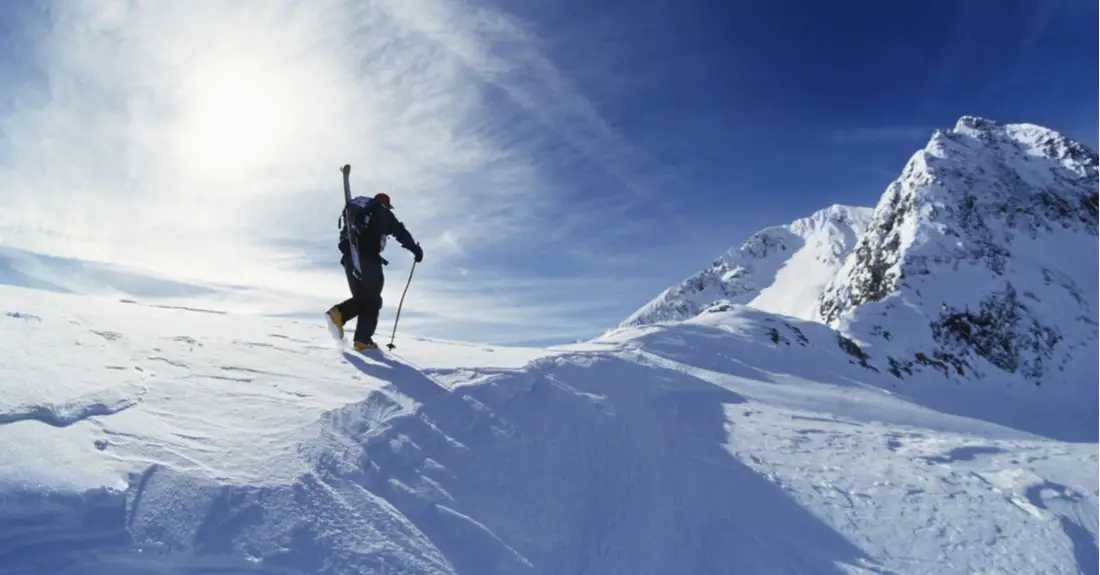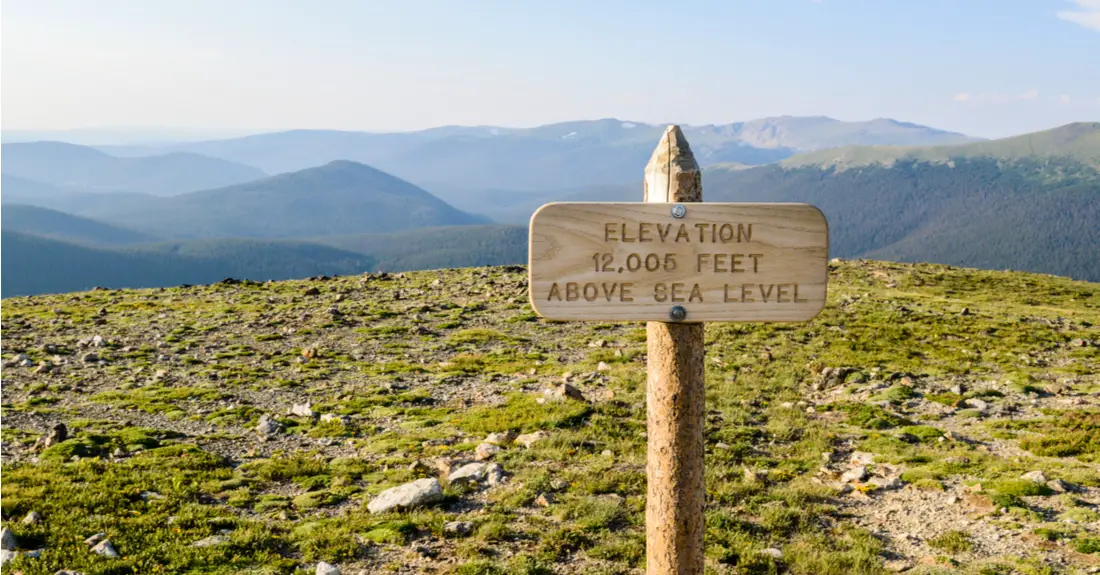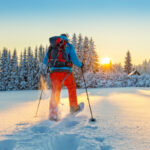How Does Temperature Change with Elevation?


Let’s say you’re at the base of the mountain getting ready for a day on the slopes. The weather feels about right for a base layer and a light jacket, but what will it be like at the top of the lift? Those 3,000 feet can make a big difference in temperature. So how does temperature change with elevation? Read on, and you’ll be better prepared for any condition.
Why the Relationship Between Temperature and Altitude Matters
Unless you’re a meteorologist, you might be wondering just why you need to know anything about the relationship between temperature and elevation. The short answer: It will make your outdoor adventures much more comfortable. Whether you’re planning to hike, mountain bike, ski or snowboard, you should expect that conditions will be drastically different depending on your elevation.
Take Hawaii’s Mauna Kea, for example. Your beachwear might feel fine in the balmy weather at sea level, but make the two-hour drive to the 13,803-foot peak, and you’ll be walking on snow in your flip flops. Not every change will be so dramatic, but it’s important to be prepared. You don’t want to get caught out in the cold.

The Relationship Between Temperature and Elevation
Temperature is greatly influenced by atmospheric pressure, the force air exerts on surfaces below it due to the gravitational pull of the Earth. As elevation increases, the amount of air decreases. That’s why you might feel short of breath as you near the top of a mountain. This causes atmospheric pressure to decrease as well.
Since there’s less air under less pressure, the individual molecules can spread out more than they would at lower elevations; energy (heat) is required for air to expand, thus decreasing the temperature of the air as it rises.
Estimating Temperature
You don’t need any fancy equipment to estimate how temperature might change with altitude. On a dry, sunny day, the temperature typically drops 5.4-degrees Fahrenheit for every 1,000 feet in elevation gain, according to the National Weather Service. If it’s raining or snowing, that rate of change decreases to a 3.3-degree drop every 1,000 feet.
Let’s say you’re gearing up to hit the slopes on a bluebird day. The temperature at the base (8,000-feet above sea level) is 25 degrees Fahrenheit. You’re planning to ride the lift to the top, and the vertical drop is just over 2,000 feet. Since it’s sunny, you can estimate that the temperature at the summit will be around 14 degrees Fahrenheit (2,000-foot elevation change at 5.4-degrees per 1,000 feet equals about 11-degree temperature drop).
Let’s say it’s snowing, instead, the temperature at the base is 15 degrees Fahrenheit and you plan to ascend 4,000 meters. The temperature at the top should be around 2 degrees Fahrenheit (4,000-foot elevation change at 3.3-degrees per 1,000 feet equals just over a 13-degree drop).
Remember our Hawaii example? If it’s 85 degrees on the beach, you’re looking at 10 degrees at the summit of Mauna Kea. Definitely bring a coat.

Other Factors at Play
While helpful, these temperature calculations only provide an estimate. Factors like sunshine, wind, fog, precipitation and temperature inversions all play a role. Weather can change rapidly, particularly at high elevation. It’s always better to bring that extra layer, just in case.




